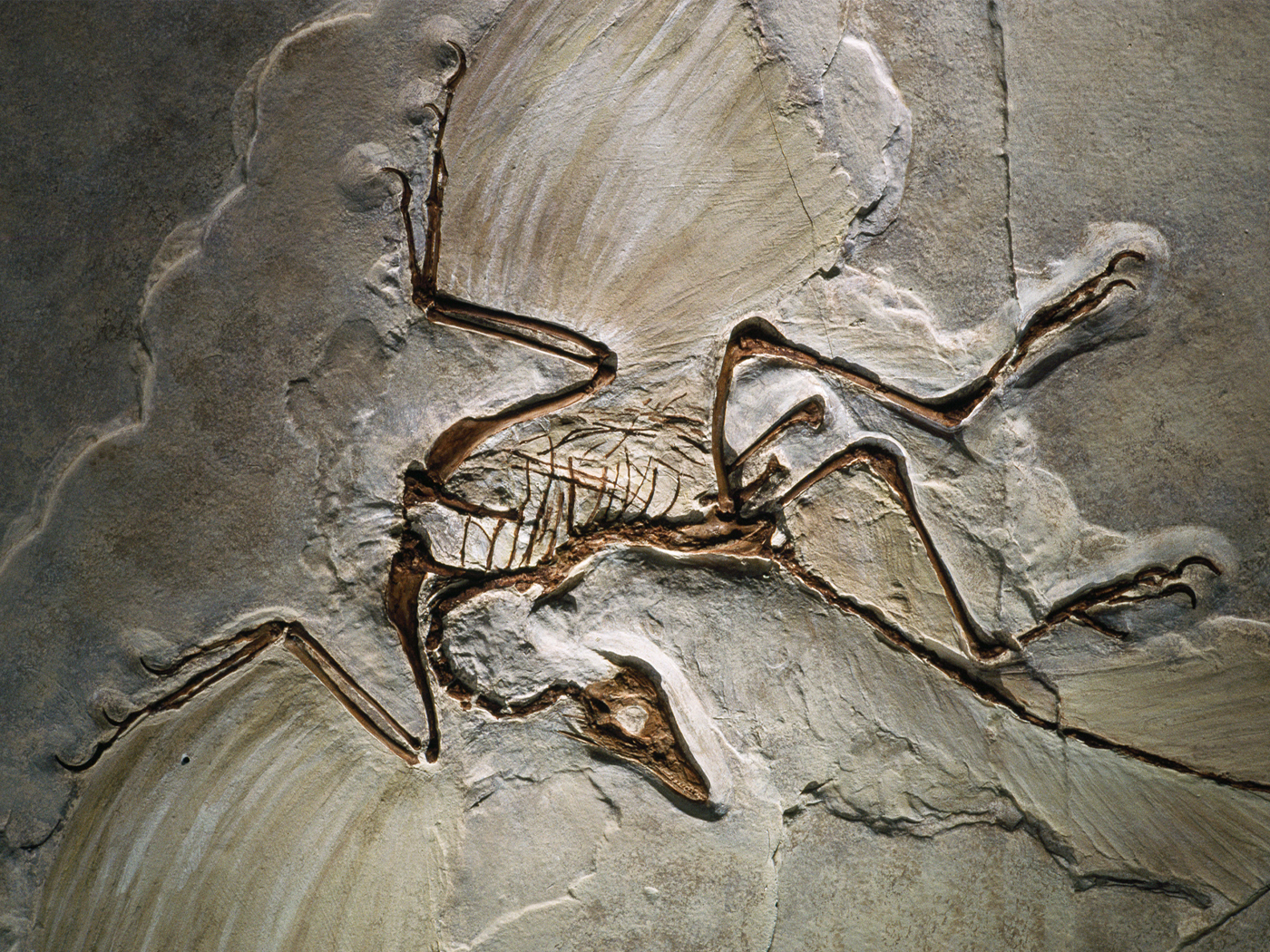Evolutionary scientists often use results derived from molecular biology dating methods (based on DNA sequence similarities) to bolster their assumptions that some related organisms may have diverged millions of years ago. But like so many other assumption-laden, naturalistic dating techniques, the data is massaged to fit the paradigm instead of having the model adjusted to fit the observed facts.
For example, a recent University of Florida press release stated, “A new University of Florida study based on DNA analysis from living flowering plants shows that the ancestors of most modern trees diversified extremely rapidly 90 million years ago.”1 However, the actual data does not confirm this age, but rather the belief in this age was used to interpret the data.
Increasingly, both creation and evolutionary geneticists are finding that changes to genomes do not occur reliably enough to justify accurate extrapolations to past dates. Mutations seem to occur in hot spots, and their rates vary dramatically depending on the organism, the purposes of particular segments of DNA, and global and cellular environments. In addition to these problems, creation geneticists are recognizing that not all genetic differences arose through mutation—many could have been designed into the first created creatures of each kind.
In cladistic studies, confusion over which group evolved from which is the rule, not the exception.2 In the report cited in the UF press release, a team of researchers tracked a set of specific DNA sequences among “rosids,” which comprise one fourth of all flowering plants. They found that “some rosid clades…do not fall into either [of the families] Fabidae or Malvidae, and their relationships remain unclear.”3 So, how did they overcome the “lack of resolution” of evolutionary relationships to establish a date of divergence based on the DNA similarities? “Rosid fossils selected by co-author Steven Manchester, the museum’s curator of paleobotany, were used to help calibrate that clock by setting minimum ages for member species.”1
This is one more example of the circular nature of evolutionary “dating.” The molecular “clocks” had to be calibrated to fossils. Likewise, radiometric dating is calibrated to accepted ages of fossils, setting up a situation in which each is considered to “prove” the other without reliable outside corroboration. It seems that there is less objective science to back up evolutionary dates than there is sheer belief that those dates must be true.
References
- Kanapaux, B. UF study: Rapid burst of flowering plants set stage for other species. University of Florida press release, February 9, 2009.
- Thomas, B. Darwin's Evolutionary Tree 'Annihilated.' ICR News. Posted on icr.org February 3, 2009, accessed March 3, 2009.
- Wang, H., et al. Rosid radiation and the rapid rise of angiosperm-dominated forests. Proceedings of the National Academy of Sciences. Published online before print, February 17, 2009.
* Mr. Thomas is Science Writer.
Article posted on March 10, 2009




















